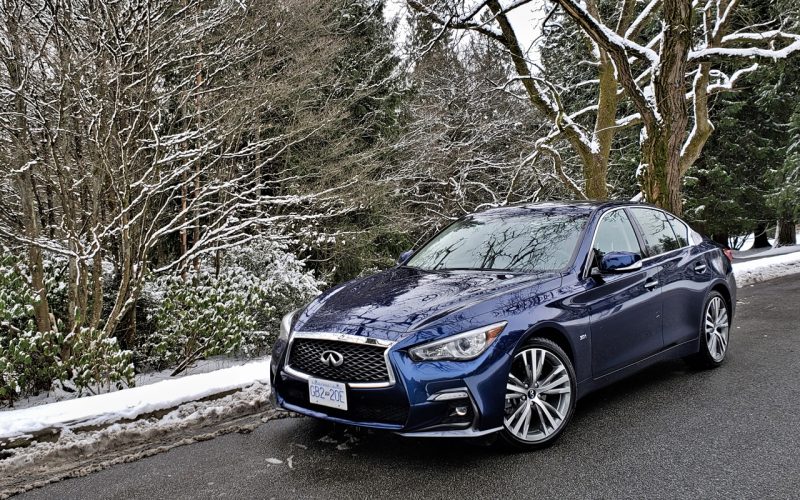
Reading Time: 12 minutesThe Infiniti Q50 has been one of few sport-luxury sedans that found continued success despite the
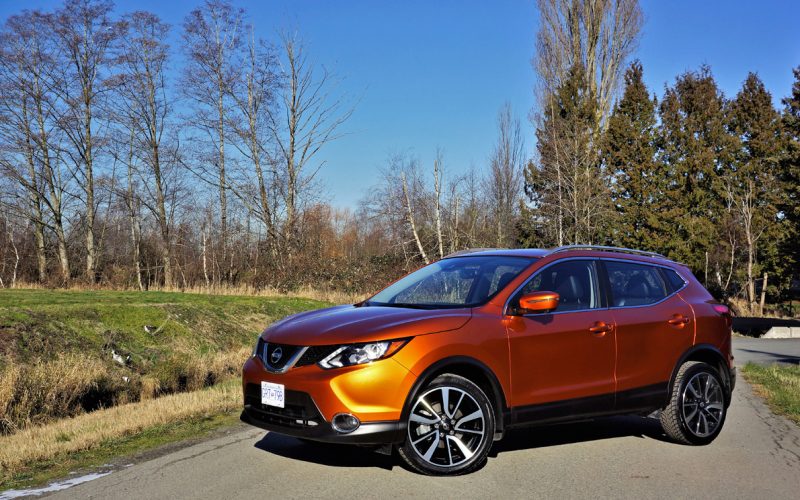
Reading Time: 9 minutesDon’t let looks deceive you. Even though the Qashqai’s design has remained exactly the same throughout
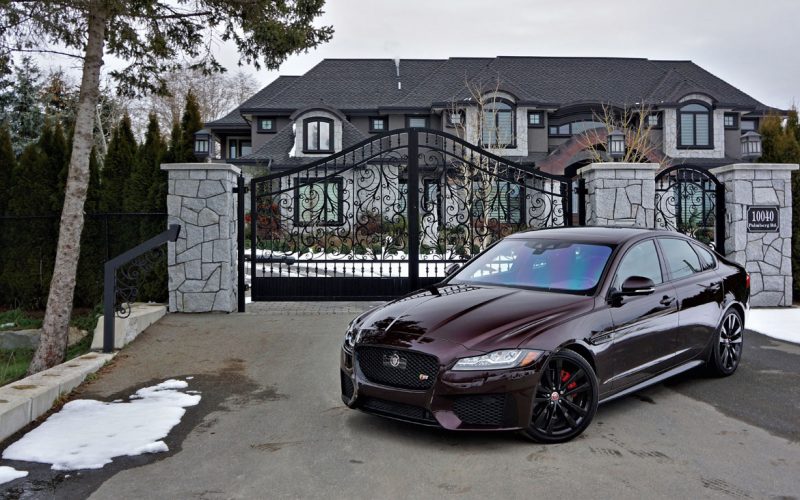
Reading Time: 13 minutes“And now for something completely different.” Yes, it seems fitting to quote one great British icon
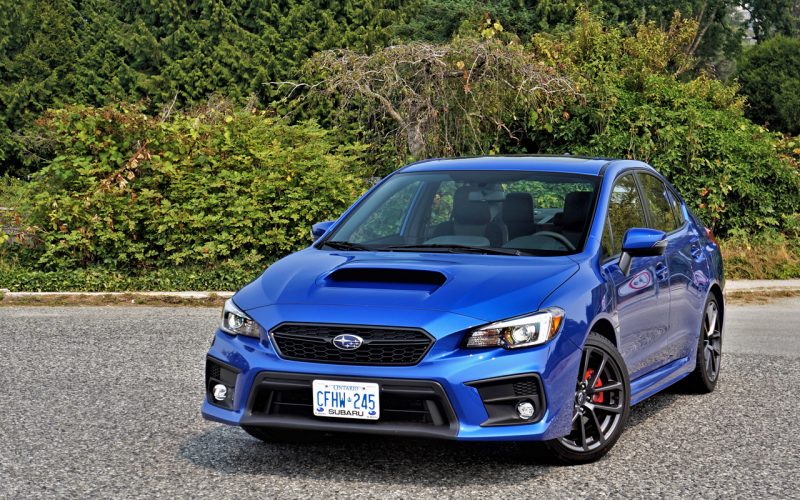
Reading Time: 14 minutesSo what do you think? Can the case be made for a person actually opting for
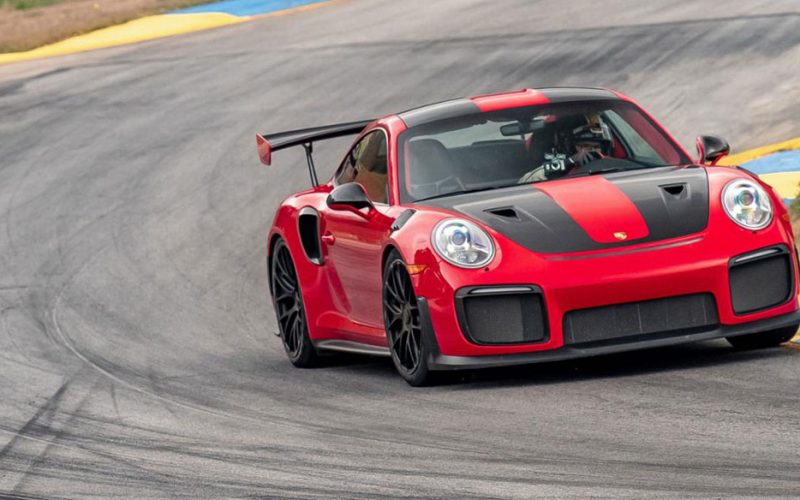
Reading Time: 4 minutesIt was just last fall that we reported on the sensational Porsche 911 GT2 RS MR
© 2025 The Car Magazine. All Rights Reserved, Privacy Policy | Terms of Use